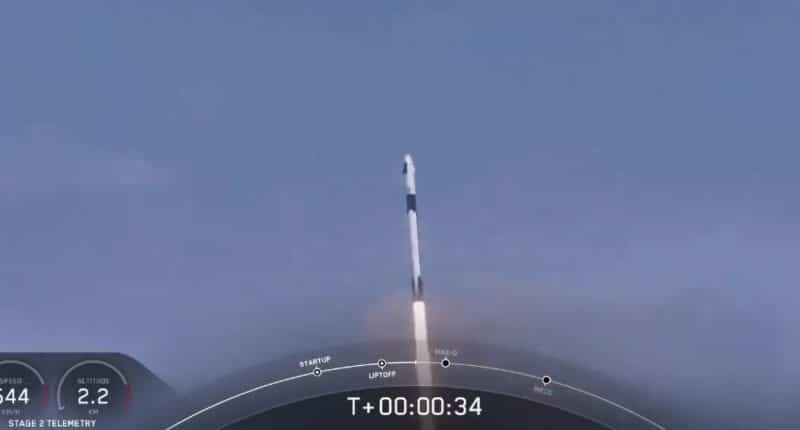The weather gods finally shone bright today, as they allowed for an all-round successful launch of the first ever human space mission by a private company. This was SpaceX’s second attempt at launch, since the first attempt had to be called off minutes before lift-off, due to presence of lightning in the clouds just above the launch vehicle.
The two astronauts reached the orbit within 9 minutes of launch. Post reaching orbit, the astronauts will now perform a series of burns using those draco thrusters on the spacecraft. It will take them 19 hours in total to reach the International Space Station. The astronauts would then dock the Crew Dragon spacecraft to the ISS, approximately 19 hours post launch today. They would then return back to earth, using Crew Dragon’s return systems, thus testing both launch and return.
The successful launch of Demo 2 crewed mission today, took place from NASA’s iconic 39A Launch Complex at the agency’s Kennedy Space Center in Florida as part of NASA’s Commercial Crew Program. NASA astronauts Bob Behnken and Doug Hurley are the two astronauts who created history along with SpaceX.
In terms of scientific achievements, the mission is the final piece of testing that SpaceX has to go through, post which the Crew dragon capsule and the Falcon 9 rocket will be certified for regular operational use by NASA. SpaceX, like most its missions off late, also successfully recovered the first stage of its Falcon 9 rocket for re-usability purposes. The company beat Boeing — another company contracted by NASA for the program — by a fairly large margin to achieve the feat.
SpaceX and NASA teams will now review all the data for certification. Once reviewed, NASA astronauts Victor Glover, Mike Hopkins, Shannon Walker and JAXA astronaut Soichi Noguchi have been assigned to fly on Dragon’s first six-month operational mission (Crew-1) targeted for later this year.
The mission is historic for a broad spectrum of reasons. To start with, it brings human launch capabilities back to America, something they have been devoid off since 2011. NASA, the world’s most advanced space agency by all numbers, had to depend on Russia’s Soyez rockets for launching American astronauts.
National gain aside, the mission holds crucial significance for the international space community. For one, this is the first time that a private space company has launched humans successfully into space. SpaceX was also the first private company to deliver cargo to the International space station. The Demo 2 launch, which is a part of NASA’s Commercial Crew program, can now pave way for similar programs globally. This would not only open up a new avenue of scientific development, private sector’s involvement would also make space exploration much more affordable.
In preparation for Demo-2, SpaceX completed a number of major milestones for NASA’s Commercial Crew Program. In terms of tests, SpaceX completed a whopping 700 tests to get to the current stage. In March 2019, SpaceX completed an end-to-end test flight of Crew Dragon without NASA astronauts onboard, making Dragon the first American spacecraft to autonomously dock with the International Space Station and safely return to Earth.
Another major test that the company succeeded at, is demonstration of Crew Dragon’s in-flight launch escape capability. Perhaps the most crucial of all, the escape capability is important to reliably carry crew to safety in the unlikely event of an emergency on the launch pad or at any point during ascent.
